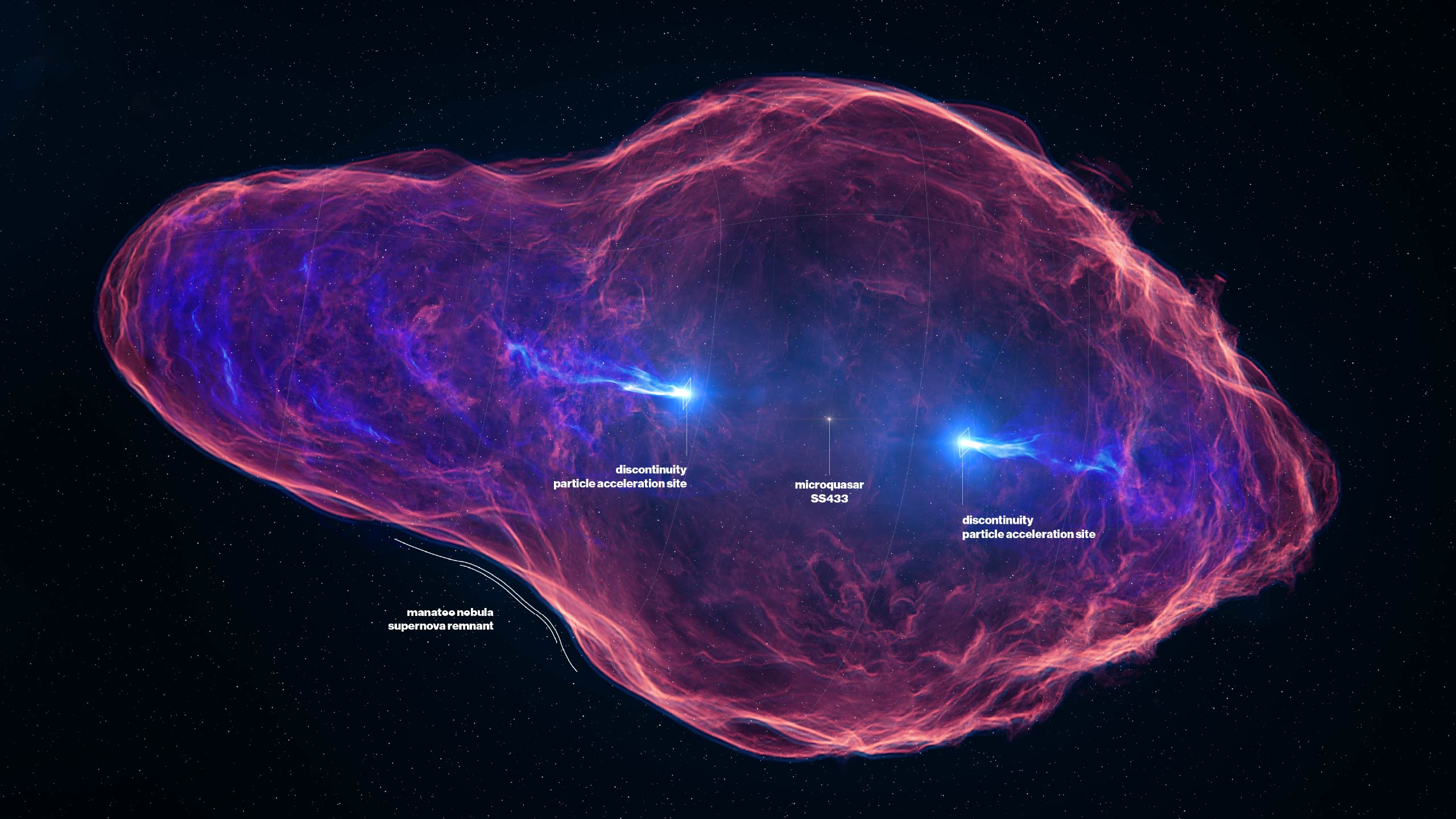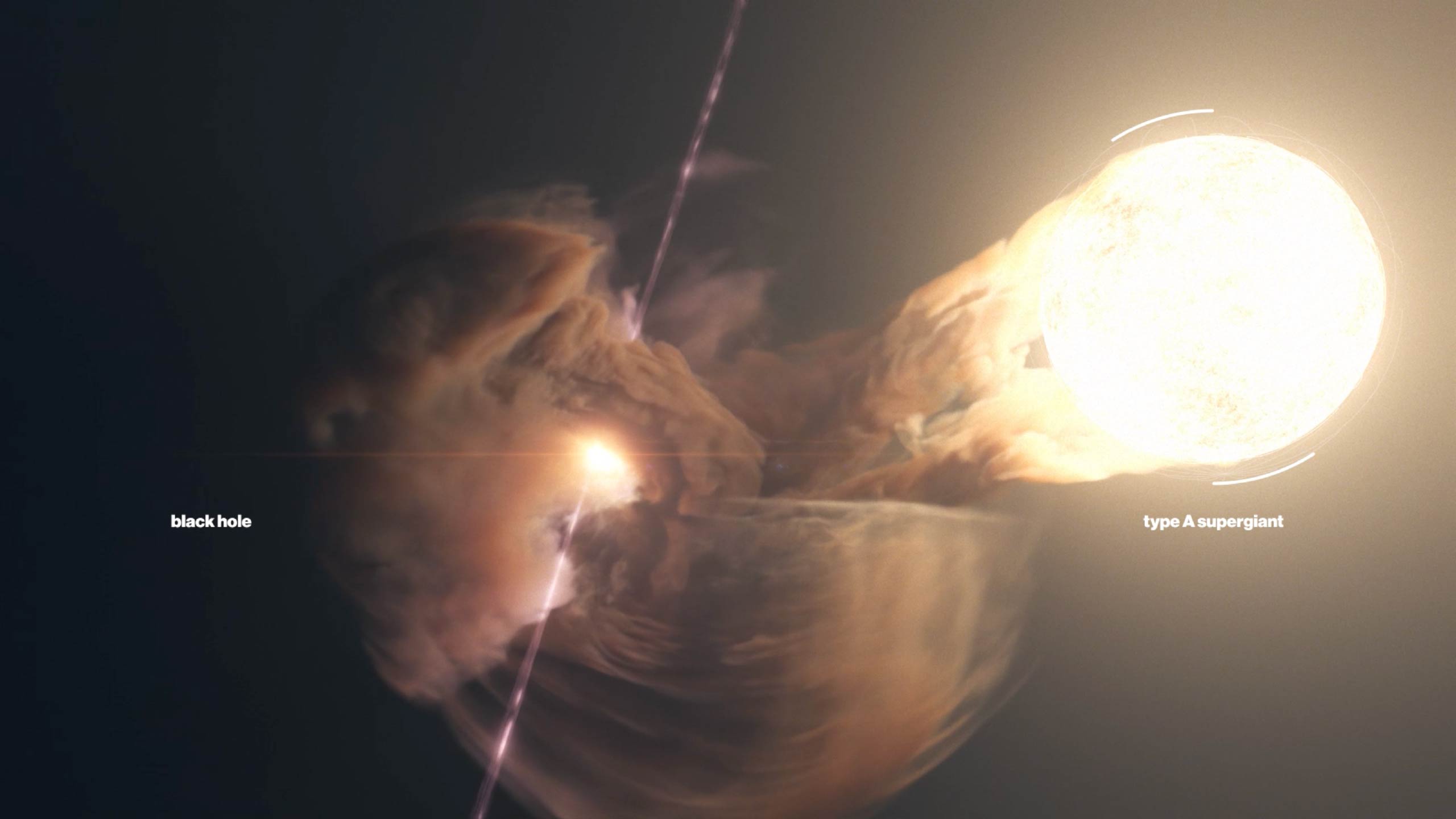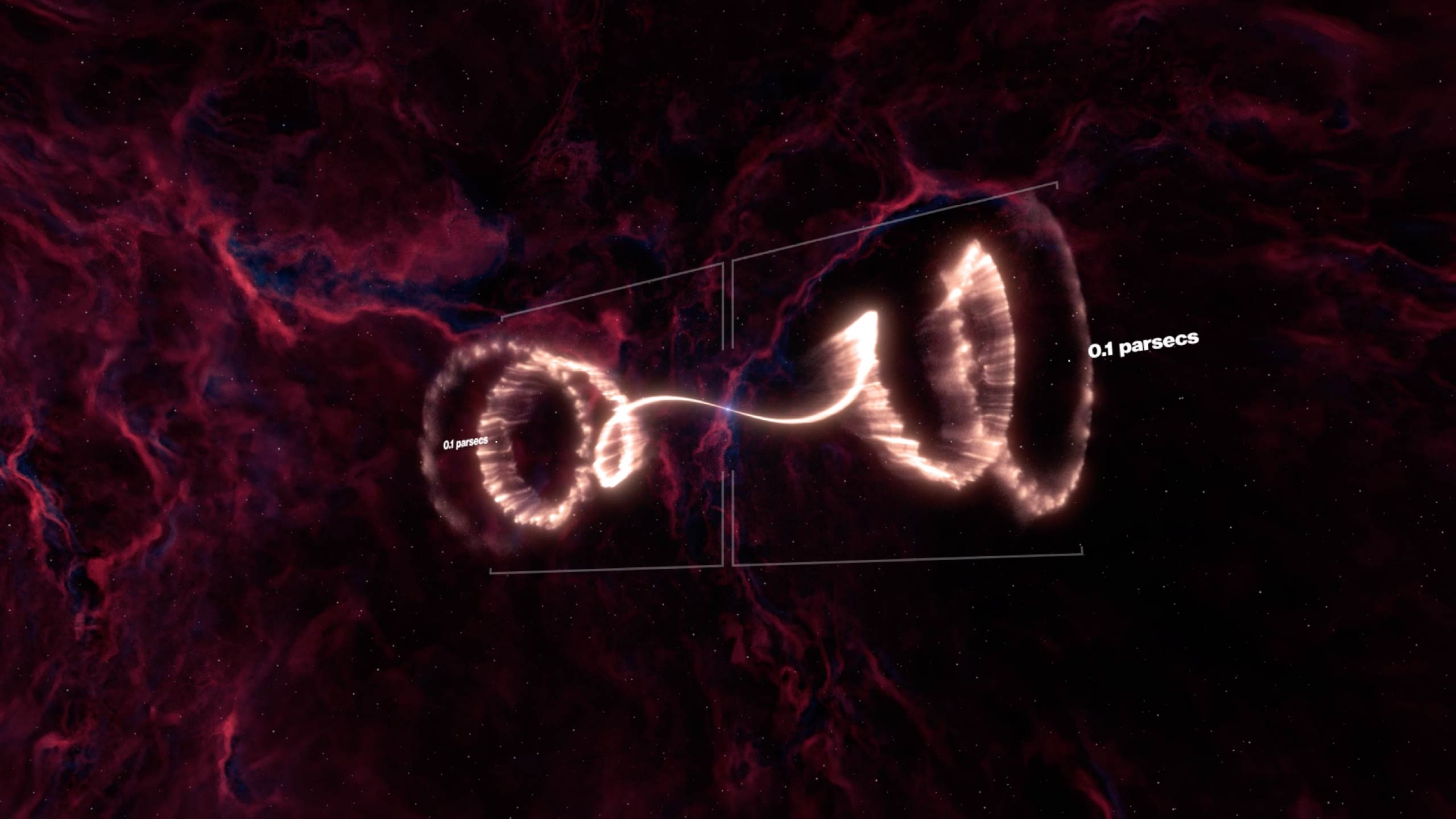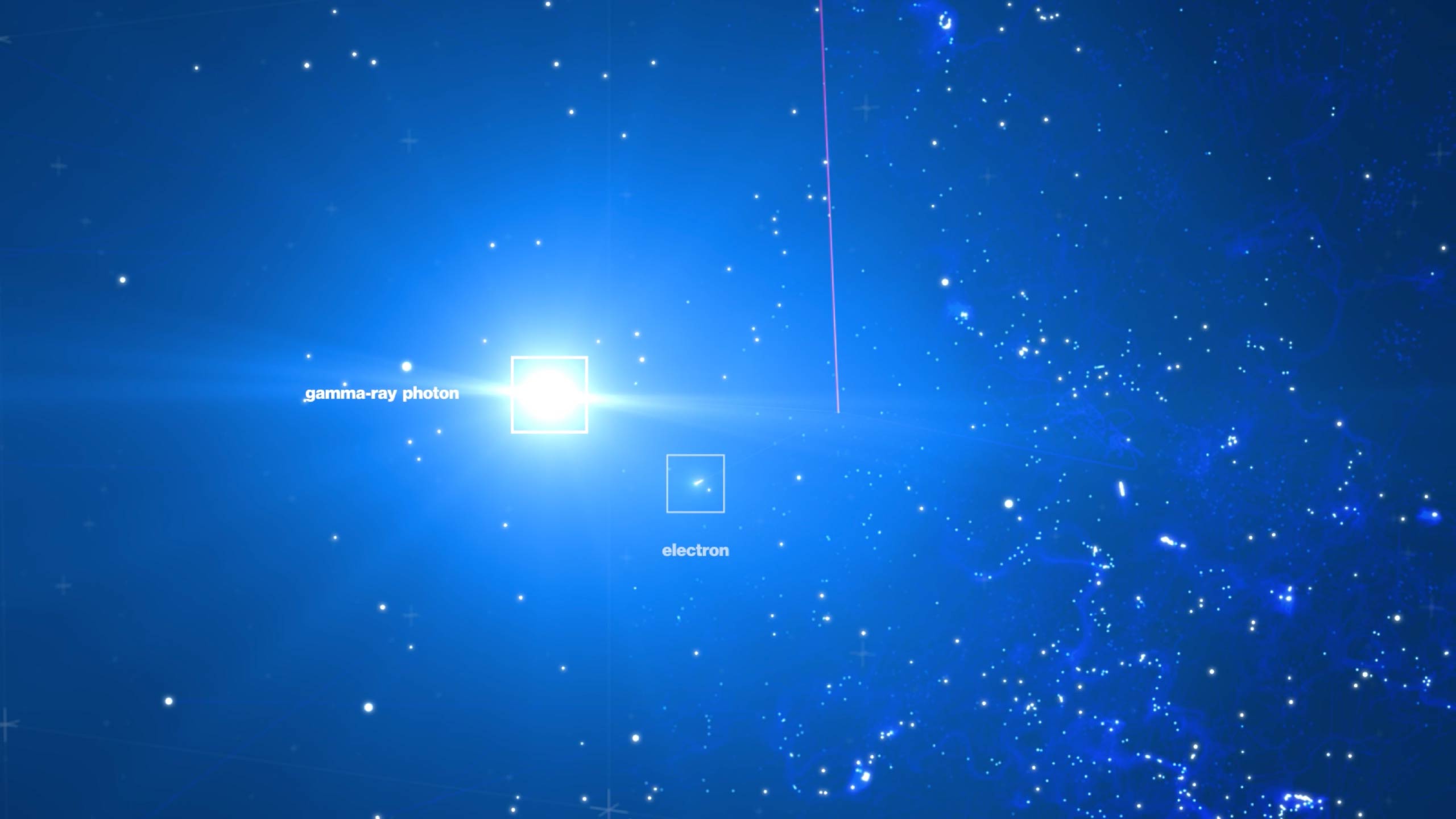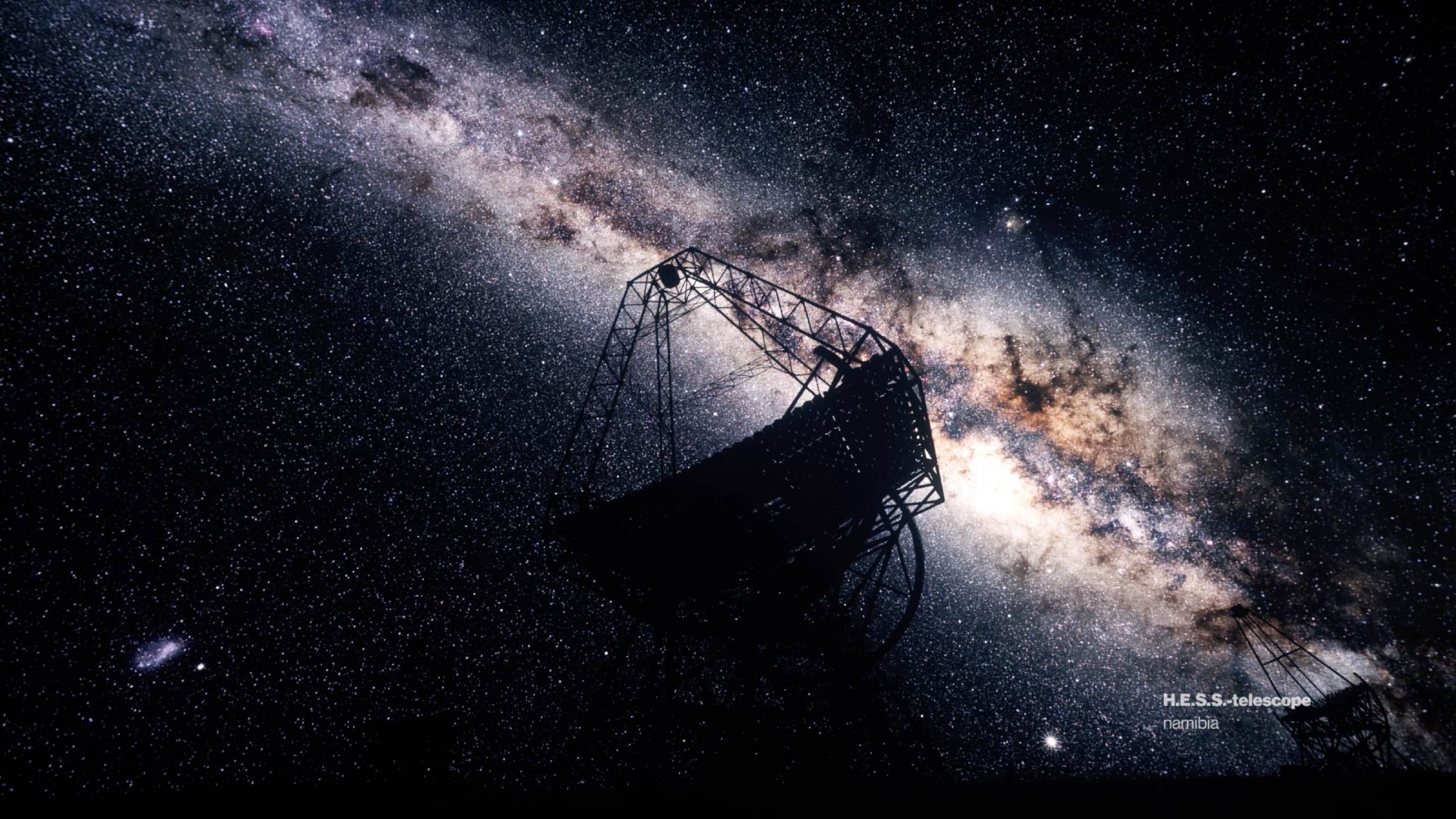Strange jets of the microquasar SS433
CLIENT
Max Planck Institute for Nuclear Physics (MPIK)
RESEARCH FIELD
TYPE
Animation
YEAR
2024
CREDITS
Voice: Margit Sander
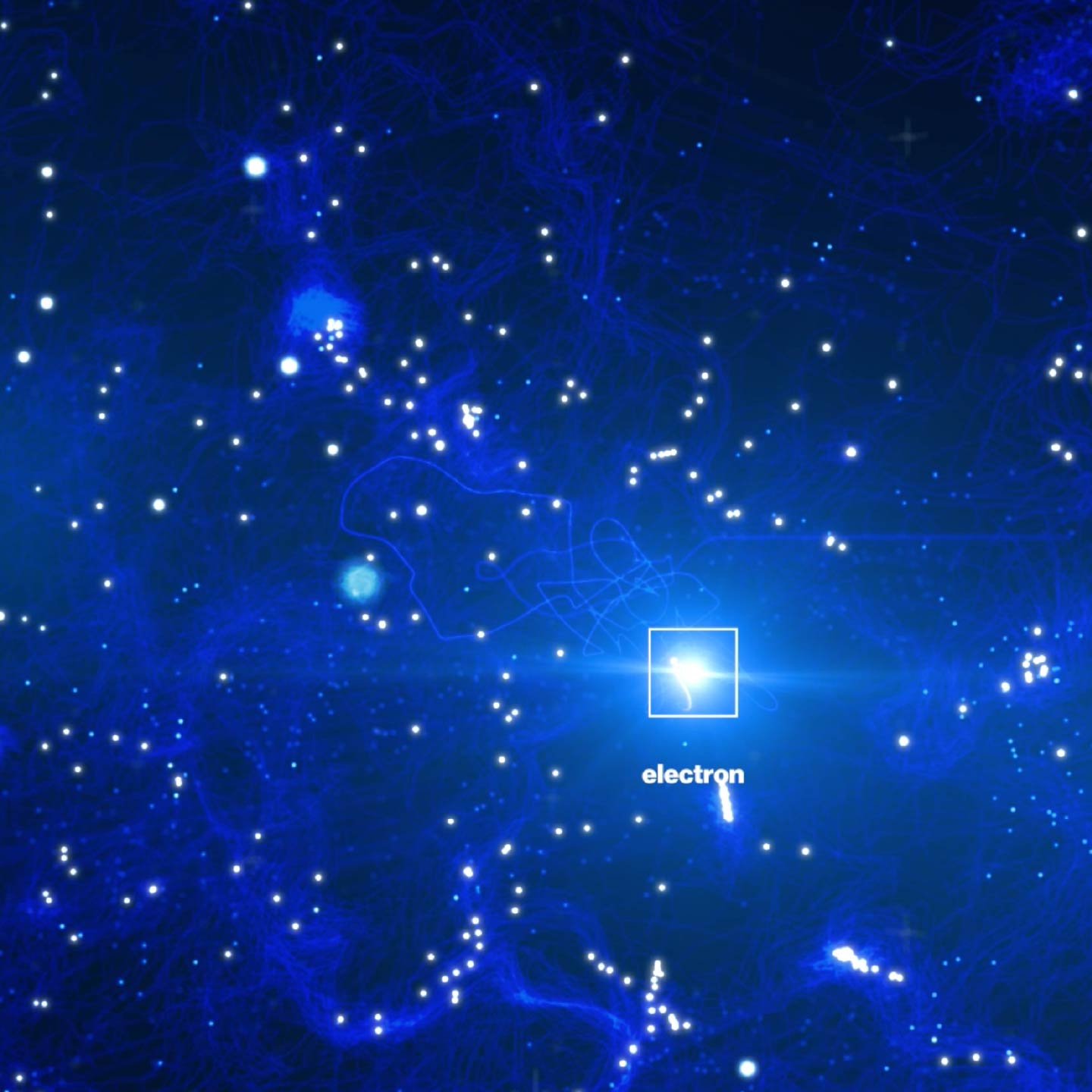
More information
More projects
Next-generation Very Large ArrayProject type
ICDP DrillsitesProject type
Periodic table of sweetenersProject type
Archaeological News S-H 2024Project type
Lohe-Rickelshof exhibitProject type
HorizonProject type
TransformationsProject type
Archaeological News S-H 2023Project type
Exhibition: Visualizing ScienceProject type
Annual report on antisemitismProject type
Milky Way In Neutrino LightProject type
Vela PulsarProject type
Lasers deflected using sound wavesProject type
5 Years World HeritageProject type
Archaeology ConferenceProject type
IceCube AR CardProject type
Who were the vikings?Project type
Meet the MetaorganismProject type
UFO: Underwater Fish ObservatoryProject type
Archaeological News S-H 2022Project type
A Window into the PastProject type
Single Cell Center WürzburgProject type
KalderaProject type
PETRA III – protein crystallographyProject type
Viking WalksProject type
HIBEF LaserProject type
Tidal Disruption Event: Dust EchoProject type
Icon PostersProject type
Danevirke Archaeology BlogProject type
Radio pulsationProject type
Ventus: Wind on RoadsProject type
UNESCO World heritage: Information signsProject type
Tidal Disruption EventProject type
Gamma Ray BurstProject type
Pop-up card: Metaorganism SpongeProject type
Nanoparticle at workProject type
Laser-Plasma-AcceleratorProject type
Dark Matter and ALPS IIProject type
Nova outburst illustrationProject type
Guideline: Cultural heritage under waterProject type
DAK Congress 2020coming soon
Megalitic Routes signsProject type
Explore the OceanProject type
Marine MicrobiologyProject type
World Heritage: Mixed Media WallProject type
Multimessenger MicrositeProject type
Digital MetaProject type
Dynamic PlanetProject type
World Heritage proposalProject type
TsunamiProject type
GenexpressionsProject type
Lymphatic SystemProject type
Next Generation Scientific PosterProject type
Get in touch with us! ➞
Science Communication Lab
Rappaport Duscher GbR
Heiligendammerstraße 15
24106 Kiel, Germany
Phone: +49 431 53011140
Mail: hi@scicom-lab.com
© 2015 - 2024 Science Communication Lab
All Rights Reserved
